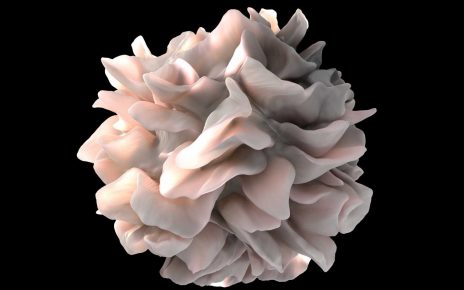NEW YORK (Reuters Health) – A test that detects antiphospholipid antibodies in the blood of Lyme disease patients shows potential for identifying the disease sooner than current methods and possibly tracking response to therapy and recurrence, researchers say.
“Use of host lipids by the Lyme bacteria appears to lead to them to being recognized as ‘foreign,’ (triggering) generation of autoantibodies,” Dr. Linden Hu of Tufts University School of Medicine in Boston told Reuters Health by email.
“These autoantibodies to lipids appear to both arise and disappear more quickly than other antibodies, likely due to differences in processing and the tight regulation of autoantibodies to prevent (self damage),” he said. “The characteristics of this antibody response may make it an ideal adjunctive test to current Lyme diagnostic tests for following clearance of infection after treatment and also for identifying re-infection in patients.”
“One issue we hear all the time is the frustration in not knowing when a patient has received enough treatment for Lyme disease,” he said. “This test, which appears to require continued stimulation by the bacteria or its components to remain abnormally elevated, may provide a guide to when patients need more antibiotics.”
“Another potential advantage is that because it is detecting responses to a host lipid, differences in bacterial strains, which can affect serologies for bacterial proteins, are not relevant,” he added. “Therefore, this test should be equally effective for patients acquiring disease in Europe or Asia.”
As reported in The Journal of Clinical Investigation, Dr. Hu and colleagues developed a special lipid-defined culture medium to demonstrate that exogenous lipids are an essential nutrient of B. burgdorferi, which can accumulate phospholipids from its environment to support growth.
They studied host antibody responses to these host phospholipids in mice and humans using an antiphospholipid ELISA.
Sera from 12 uninfected controls and from patients with syphilis – which is caused by the related spirochete, Treponema pallidum – were used as comparators. Assay testing for the phospholipids showed no significant difference between syphilis and controls.
Several of B. burgdorferi’s environmentally acquired phospholipids – including phosphatidylserine and phosphatidic acid, as well as borrelial phosphatidylcholine – are the targets of antibodies that arose early in infection in the mouse model. Patients with acute infections demonstrated antibody responses to the same lipids.
Additional analyses suggested that antiphospholipid antibodies elevation predicts early infection with better sensitivity than the standardized two-tier tests currently used in diagnosis.
Further, sera taken from Lyme disease patients before and after antibiotic therapy showed declining antiphospholipid titers after treatment, with certain antibody titers declining more than others, suggesting that these antibodies may be used to monitor the response to treatment- similar to the use of nontreponemal tests to track response to therapy in syphilis.
Dr. Eva Sapi, a professor of Cellular and Molecular Biology at the University of New Haven in Connecticut commented in an email to Reuters Health, “The study needs to be repeated with a larger number of patients with not just Lyme disease or syphilis, but those infected with different pathogens to establish the sensitivity and specificity of these markers.”
Dr. Teresa Amato, chair of emergency medicine at Long Island Jewish Forest Hills in Queens, New York also commented in email. “This recent publication is pointing to a possible new way to not only test for a Lyme infection, but also whether it is acute, repeat or chronic infection. Knowing this information would help physicians plan safe and effective treatment. This study will need further research to verify if this novel approach can be used in clinical practice; however, the data are promising.”
Dr. Hu and a coauthor have filed a provisional patent describing the use of antiphospholipid antibodies in the diagnosis of Lyme disease. Another coauthor has a patent for an unrelated Lyme disease diagnostic.
SOURCE: https://bit.ly/3qURWE5 and https://bit.ly/3uG4i40 Journal of Clinical Investigation, online March 15, 2022.
Source: Read Full Article



